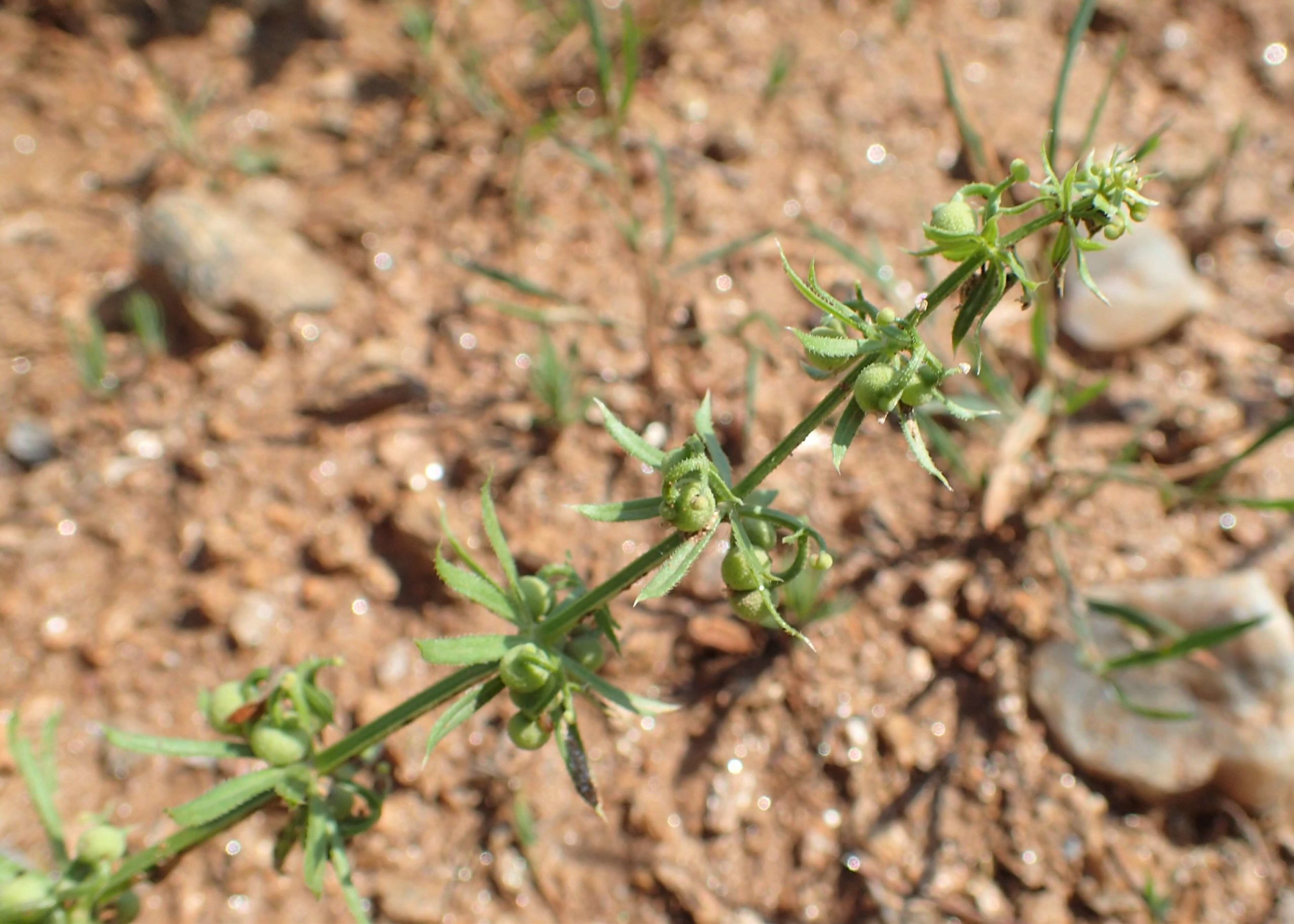Australian Plant Census (2011) available at: Vascular Plants APNI (biodiversity.org.au)
Anchev, M.E. (1982). Taxonomic study of Galium in Bulgaria 2, Karyological and pollen structure investigations. Fitologija 19:43-68.
Australia's Virtual Herbarium (AVH) (2008). Council of Heads of Australian Herbaria (CHAH). Available at: Home - AVH (chah.org.au)
Buchanan, A.M. (1999). A census of the vascular plants of Tasmania 3rd edn, Tasmanian occasional publication no 6, Hobart.
James, T.A. and Allen, W.K. (1992). Asperula and Galium. In: Flora of New South Wales, Vol. 3, Harden, G.J. (ed.), University of New South Wales Press, Sydney.
Jeanes, J.A. (1999). Galium. In: Flora of Victoria, Vol. 4. Walsh, N.G. and Entwisle, T.J. (eds.). Inkata Press, Melbourne.
Moore, D.M. (1982). Flora Europaea checklist and chromosome index. Cambridge University Press, Cambridge.
Navie S. (2004). Declared Plants of Australia. An identification and information system. Centre for Biological Information Technology: Brisbane. [CD-ROM]
Toelken, H.R. (1986). Rubiaceae. In: Flora of South Australia, Vol. 2, Jessop, J.P. and Toelken, H.R. (eds), South Australian Government Printer, Adelaide.
Western Australia Department of Agriculture and Food (2007). Declared plants in Western Australia. Three-horned bedstraw (Galium tricornutum).
Western Australia Department of Agriculture and Food (2001). Crop Updates: Farming Systems; Potential nematode threats associated with lucerne cultivation in Western Australia.
Western Australian Herbarium (1998-). FloraBase - The Western Australian Flora. Department of Environment and Conservation. Available at: Taxon Profile of Galium tricornutum Dandy | Florabase (dbca.wa.gov.au)
CABI. (2021). Galium aparine (cleavers). In: Invasive Species Compendium. Wallingford, UK: CAB International. Available at: Galium aparine (cleavers) | CABI Compendium (cabidigitallibrary.org)
DPIRD WA (2021). Three-horned bedstraw: declared pest. Department of Primary Industries and Regional Development (DPIRD), Agriculture and Food, Government of Western Australia. Available at: Three-horned bedstraw: declared pest | Agriculture and Food
PlantNET (2021). The NSW Plant Information Network System. Royal Botanic Gardens and Domain Trust, Sydney. Available at: PlantNET - FloraOnline (nsw.gov.au)
POWO (2019). Plants of the World Online. Facilitated by the Royal Botanic Gardens, Kew. Available at: Galium tricornutum Dandy | Plants of the World Online | Kew Science
Queensland Government (2016). Galium aparine. Weeds of Australia, Biosecurity Queensland Edition. Department of Employment, Economic Development and Innovation (DEEDI). Available at: Galium aparine (lucidcentral.org)
USDA, Agricultural Research Service, National Plant Germplasm System. (2021). Germplasm Resources Information Network (GRIN-Taxonomy). National Germplasm Resources Laboratory, Beltsville, Maryland. Available at: Simple Query Species Data GRIN-Global (pir.sa.gov.au)
VicFlora (2016). Flora of Victoria, Royal Botanic Gardens Victoria. Available at: VicFlora: Galium tricornutum (rbg.vic.gov.au)






















